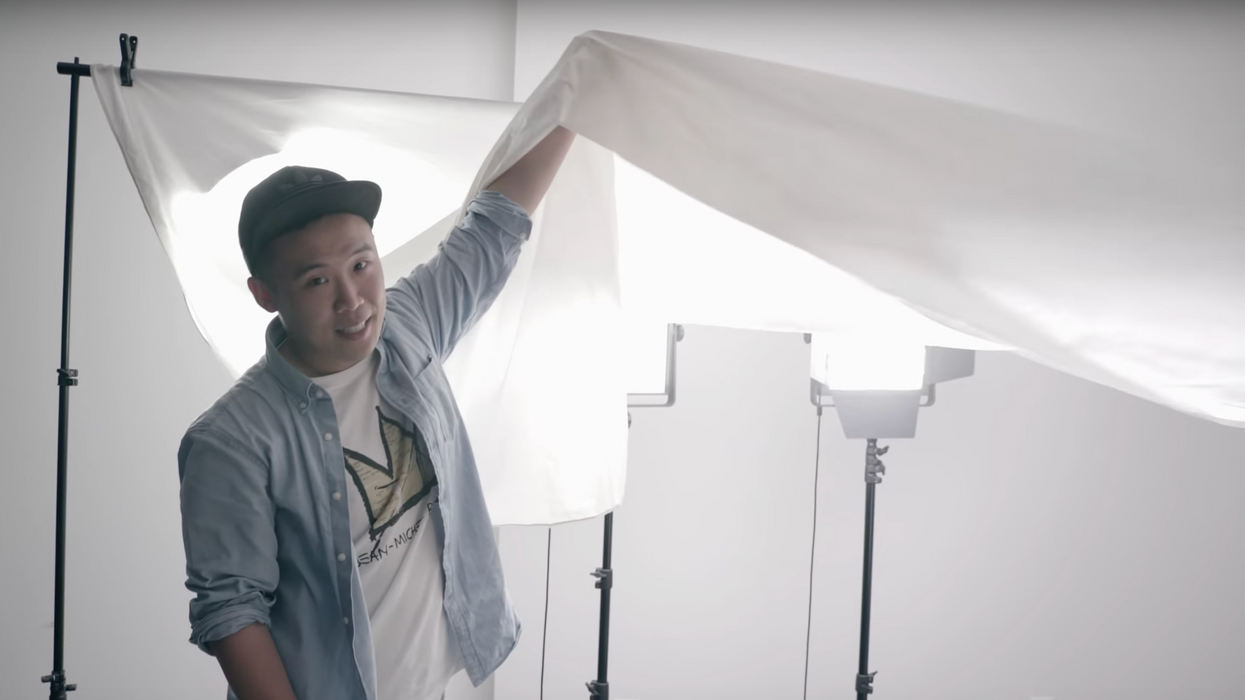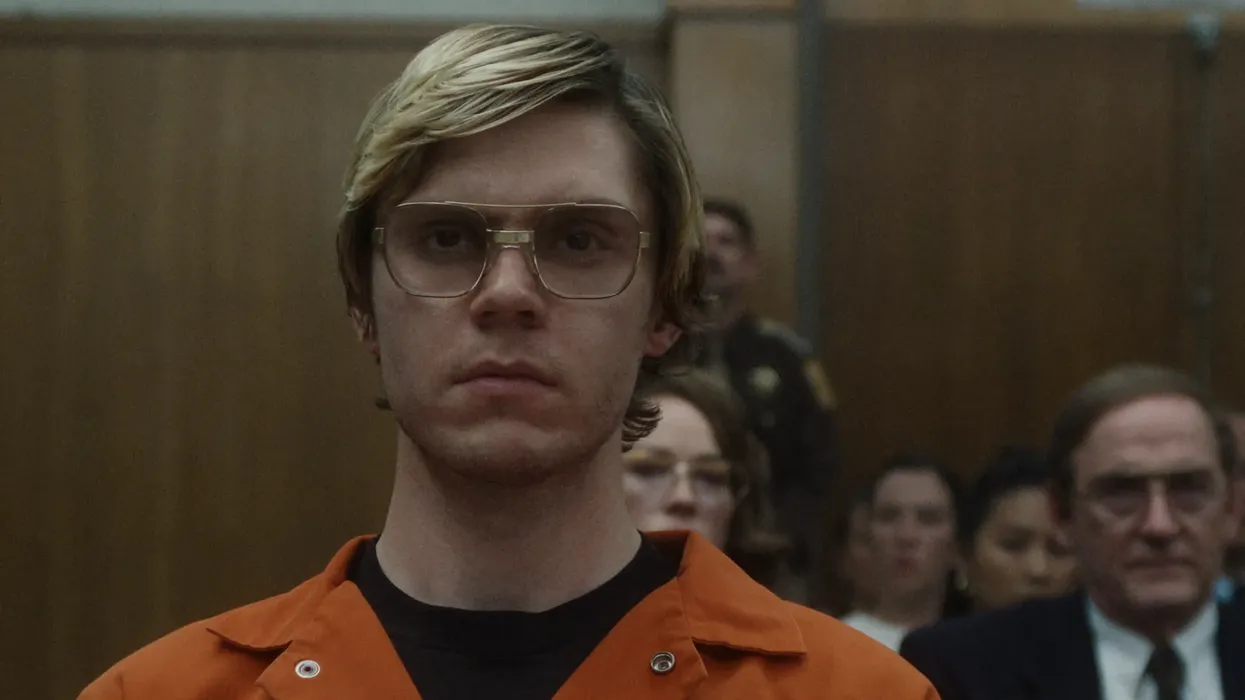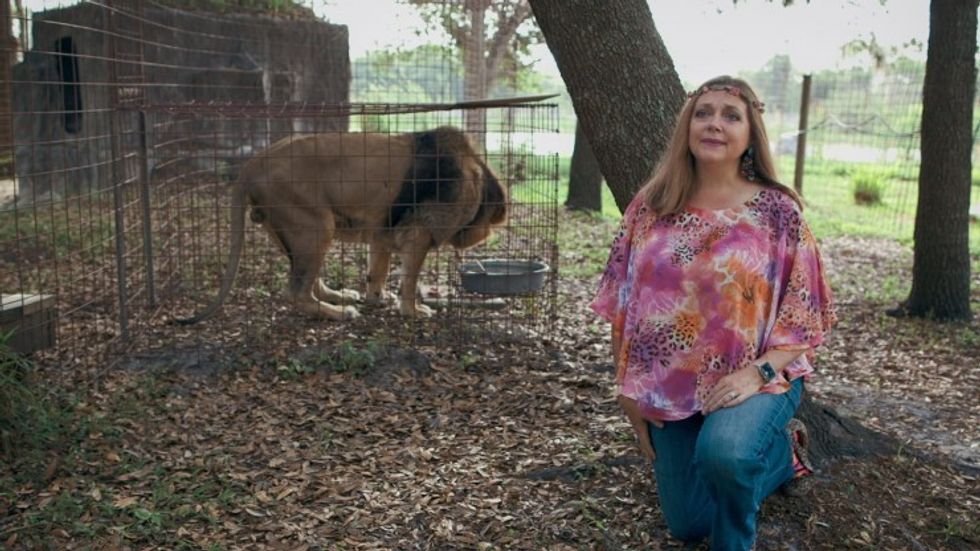How to Pull Off Fake Sunlight Indoors on a Budget
With these techniques, you can take daylight without you almost anywhere.

Lighting a scene always comes with its own unique set of challenges, but one circumstance upon which many young filmmakers get tripped up is shooting day-for-night (night scenes during the day) or night-for-day (day scenes during the night). Even though it seems like a lot of complicated, time-consuming work, it's really just a matter of learning some simple lighting techniques. In this tutorial, the team over at Filmora shows you how to fill a dark room with what looks like radiant sunlight using just a few inexpensive pieces of equipment.
The sun is the most powerful light source in the natural world for us Earthlings, so when we have to go without it, its absence is greatly felt deep within our gut, namely the part that problem solves based on instinct. How do you make a room look like it has sunlight when there is no sunlight? As a beginner, my gut would've told me to find the darkest, loneliest, most far away hole and hide in it because "I don't have a friggin' clue how to do that."
But it's actually not that difficult if you have the right equipment (score), equipment that you can get for cheap if you know how to be thrifty (double score). Here's what you'll need:
- A big ol' white sheet: free for those who have a bed and have gotten rid of the Dragon Ball Z sheets from their adolescence (and also college)
- Some powerful LED lights: Now, if you don't already have a few of these lying around, you'll have to fork out a bit of money, but not as much as you might think. Caleb Pike of DSLR Video Shooter has made video after video testing super cheap LED lights to see which ones offer the most bang for their buck, and, over the years, has compiled a pretty decent list of great units that you should absolutely check out.
Make sure that your lights have similar specs, especially color temperature, so you won't have to deal with any issues with the color of your lights. Once you've got all the materials and equipment you need, hang up that white sheet where you'd like your "window" to be, position your lights behind it, and turn those LEDs on. Here are a few things you might need to do once you're ready to shoot:
- Use LEDs: LEDs don't produce heat (or very little) so you won't have to worry about burning your sheet once they're turned on.
- Double up for more diffusion: Is your light still too harsh on your subject? Add another sheet (or fold your sheet) to add another layer of diffusion.
- Make adjustments in your camera: Make sure you change the color temperature setting in your camera to match the temperature of your lights.
What kinds of techniques do you use when you light night-for-day? Let us know down below.
Source: Filmora













